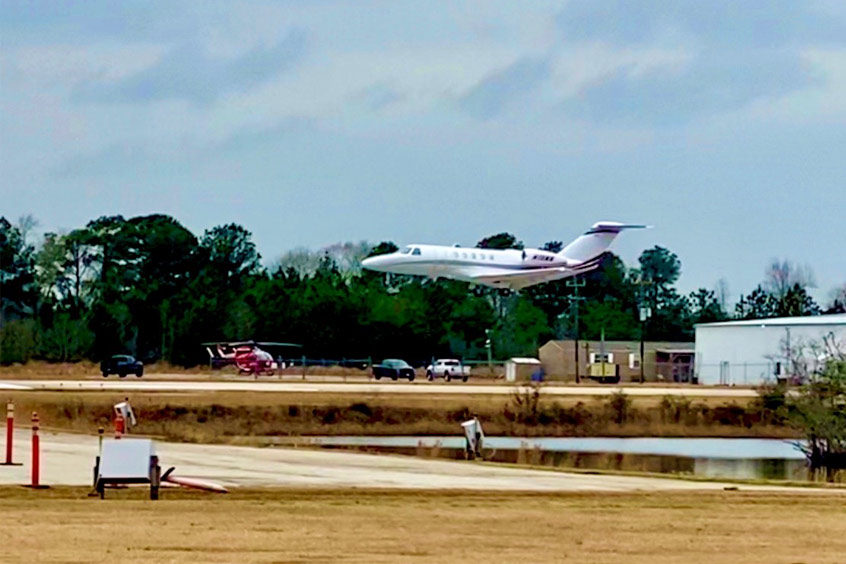Why visit ACE ’25?

David Wayne Hooks airport in northwest Houston, Texas has implemented a new vertically guided instrument flight procedure based on a GPS system for the airport's main runway. The RNAV GPS system consists of both Localizer Performance with Vertical Guidance (LPV) as well as a new LNAV instrument approach. The minimums for the LPV approach will be 250' HAT and 3/4sm, the equivalent of an ILS.
According to Jag Gill, owner/operator of the airport, the minimums for the new approach will be a marked improvement to the current minimums. “With these new instrument approach minimums, the ability for the pilot to bring an aircraft closer to the runway will dramatically improve all-weather day/night access to the airport,” Gill says. ”This will also improve overall safety and better aircraft dispatch reliability.”
Hughes Aerospace was selected for the project, which encompassed surveying and classification of obstacles both on and off airport property, air space engineering and coordination with many lines of business within the FAA including environmental and air traffic control. Flight inspection was accomplished with aircraft owned by Hughes and FAA designated IFPV pilots, operating during COVID-19 without interruption.
In addition to establishing new lower approach minimums, other airport improvements have been made including re-marked runways, taxiways and hold bars, solar powered centreline lighting on all primary taxiways, and new visibility coating on rotating beacon tower.
David Wayne Hooks specialises in serving business and general aviation as well as military DOD contract fuelling. With more than 275,000 annual aircraft movements, it is one of the largest and busiest privately held airports in the US that has an FAA control tower. It is situated less than 10 minutes from The Woodlands, 30 minutes from downtown Houston and 30 minutes from The Galleria.